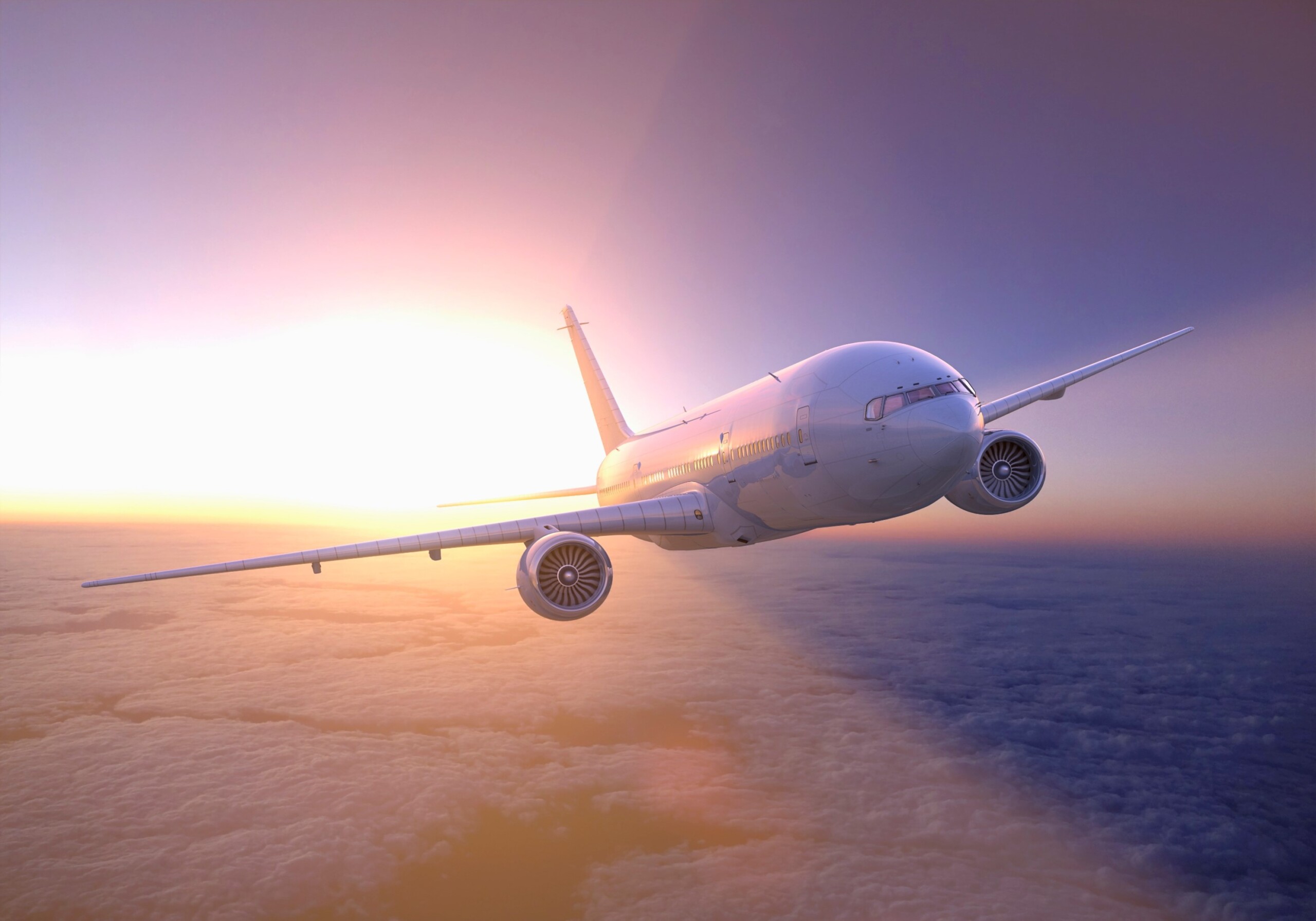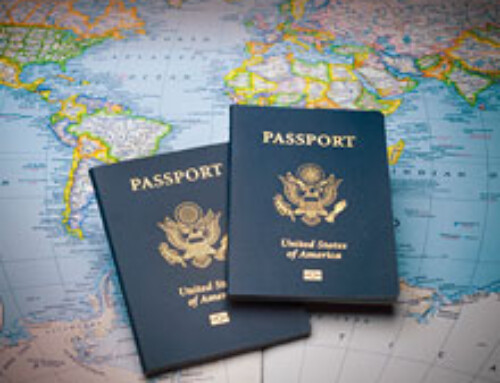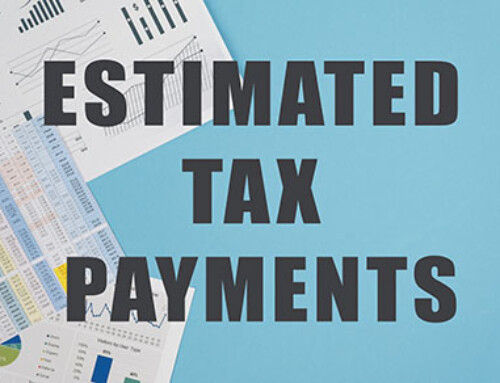The IRS has announced a new audit initiative targeting the personal use of business aircraft. Some businesses took advantage of the Tax Cuts and Jobs Act’s generous bonus depreciation provision to purchase corporate jets in recent years, but the personal use of such aircraft has significant tax implications.
If your company owns or is contemplating the purchase of an aircraft, you should understand the tax rules, including how to properly allocate flight expenses between business and personal use.
IRS Attention
The tax code generally allows a business deduction for the expenses of maintaining a corporate jet used for business purposes. Relevant expenses include:
- Aircraft depreciation,
- Pilot wages,
- Interest expense,
- Insurance, and
- Hangar fees.
As the IRS noted in its audit rollout announcement, the amount of the deduction for aircraft travel on a business’s tax return can be in the tens of millions of dollars. However, business aircraft often are used for both business and personal reasons by officers, executives, employees, shareholders and partners (and their family members). When a jet also is used for personal travel, the amount of such travel affects the business’s eligibility for certain deductions. In addition, the use of a corporate jet for personal travel usually results in income for the individual using it and can affect the business’s ability to deduct costs related to the personal travel.
The IRS plans to conduct audits of aircraft use by large corporations, large partnerships and high-income taxpayers. The audits will focus on whether the use of jets is properly allocated between business and personal reasons. Initial plans call for “dozens of audits,” but the number could rise in response to the results and as the agency continues hiring additional examiners.
It’s worth noting, too, that the U.S. Department of the Treasury has proposed changes to the tax treatment of corporate jets. The changes would increase the recovery period for depreciating jets from five years to seven years and hike the tax on kerosene used for private jet travel from 21.8 cents per gallon to $1.06 per gallon over a five-year period.
Allocation Methods
The IRS recognizes several methods for allocating costs for the personal use of aircraft. They’re based on either the number of occupied seats or the flight hours. You must use the same method for all aircraft for the entire tax year, but you can change to one of the other authorized methods in a subsequent year.
The occupied seat method calculates the hours or miles of a flight leg and multiplies it by the number of passengers. This total is then allocated between business cost or personal cost after determining the respective purpose of each passenger.
The flight-by-flight method divides the total flight leg hours or miles by the number of passengers. Those hours or miles per passenger are then allocated based on the reason the passenger is on the flight.
Important: The IRS released guidance in 2021 stating that a sole proprietor who owns an aircraft (either directly or indirectly through a disregarded entity) can use the more straightforward primary purpose test to determine whether expenses for the use of the aircraft by the sole proprietor are deductible. Under the test, if the primary purpose for a flight is related to the taxpayer’s business, the flight expenses are generally deductible.
Next Steps
An IRS audit of corporate jet usage will require you to provide comprehensive documentation. At a minimum, for each leg of each flight, you’ll need to produce:
- Complete flight records, including the date, departure and landing destinations, trip hours, miles flown, passenger manifest for every flight leg, and the business purpose, if any, of each passenger on each flight leg,
- A list of “specified individuals” of the company (generally, company owners, officers or directors),
- A list of amounts treated as compensation to employees and specified individuals who aren’t employees (for example, a CEO or owner),
- All direct and indirect aircraft expenses deducted, and
- The method used to calculate business vs. personal flight usage.
You also may need to provide documents related to your purchase of the jet, lease and charter arrangements, and aircraft management agreements.
Even if you aren’t flagged for an audit, the IRS has clarified that corporate jets will receive closer attention, at least for now. This means you’d be wise to review your jet-related deductions from previous tax years for compliance, including proper documentation. You also should establish a formal system to document necessary information going forward.
Fly Right
The allocation of flight expenses between business and personal use is a complex area of tax law — and no time to fly solo. Contact us to help steer clear of the potential hazards and chart a course to withstand IRS scrutiny.






